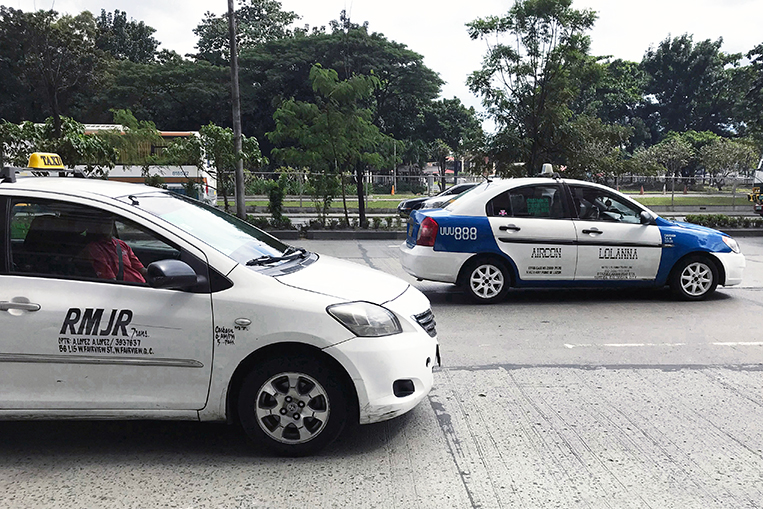
Land Transportation Franchising and Regulatory Board Chair Martin Delgra today told VISOR that his office is in the final stages of reviewing and approving at least two taxicab-hailing apps. In fact, the Davao City lawyer said commuters could get them “before the end of the year.”
Delgra revealed the information in a private interview after the “World Day of Remembrance for Road Traffic Victims” event held at UP Town Center in Quezon City.
“The best thing about the apps—MiCab and MyRide—is that they can also be used in six or seven other regions outside Metro Manila, including Iloilo City and Davao City,” Delgra pointed out.
These apps will eliminate overcharging and refusal of service on the part of taxi drivers
The apps basically work like those of Uber and Grab, except the vehicles you will be booking are regular taxicabs. The proposed booking fee is a fixed amount of P10, as the mode of payment will still be via the taxi meter. In comparison, according to Delgra, Uber and Grab are charging 25% and 20% of the fare, respectively, as booking fees.
Another source of revenue for the apps which is being proposed is through ads, which will be prominently displayed on the screen, Delgra added.
“These apps will eliminate overcharging and refusal of service on the part of taxi drivers,” the LTFRB boss boasted.
Note that both MiCab and MyRide are just apps; they won’t be running their own taxi fleets. Any LTFRB-approved taxi may qualify for inclusion on these apps.

The apps, Delgra shared, will show passengers the name and photo of the driver, the taxi’s plate number and LTFRB case number, and the name of the operator. They will also have a feedback mechanism, just like with your favorite ride-hailing app.
“I was able to try a taxi-hailing app last year, and I appreciated the benefits,” Delgra recalled. “But the app’s operation wasn’t smooth yet at the time.”
Today, Delgra asserted, the apps are already working fine, and one of them even has a brilliant security feature.
“One taxi app incorporates a video mechanism,” he disclosed. “While you’re onboard the cab, the driver’s smartphone is recording everything in the cabin, including the audio.”
This, he said, will serve as protection for both driver and passenger against undocumented incidents or fabricated accusations.
At this point, it would be too naive not to entertain doubts and questions about the feasibility and reliability of these taxi apps, especially considering the LTFRB’s track record. But damn, the gall of this agency if it’s just foisting a crappy technology on the riding public just to serve its own or its friends’ interests. They’d get murdered on social media if this thing turned out to be a bust.
And then there’s also the matter of the taxicabs’ quality, but that’s another story. For now, the LTFRB is bent on extending the same level of Uber convenience to regular taxi riders at more affordable rates.
So, are you willing to give these apps a try?


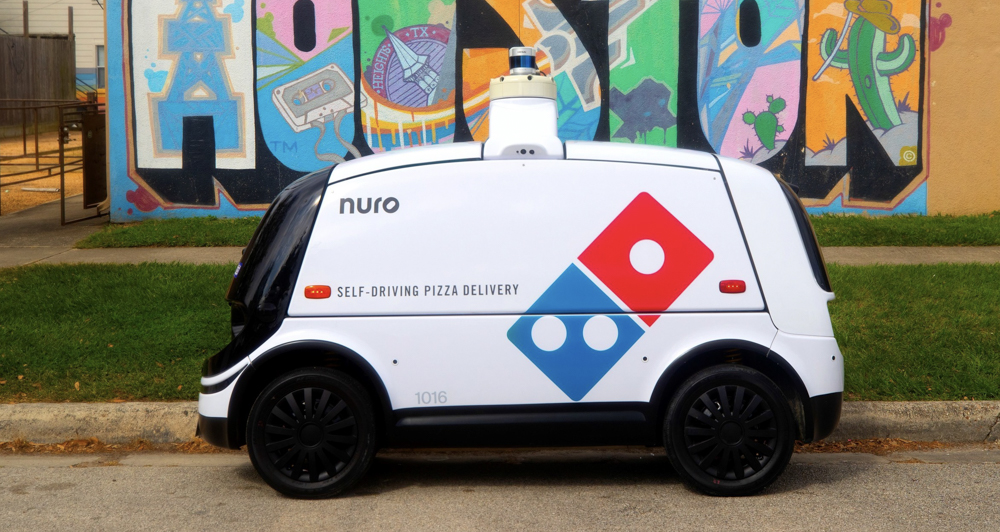

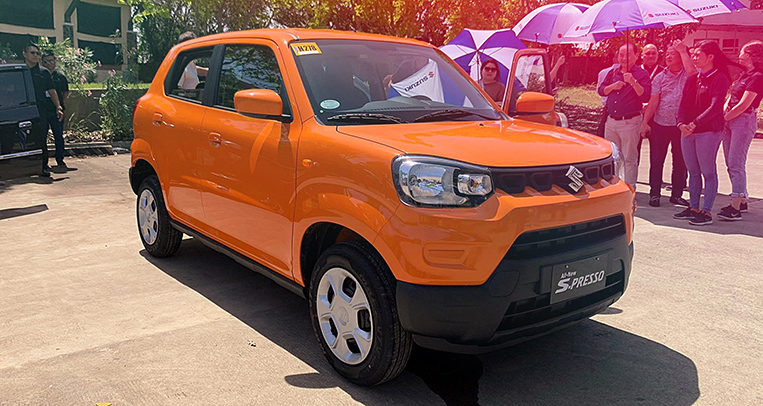

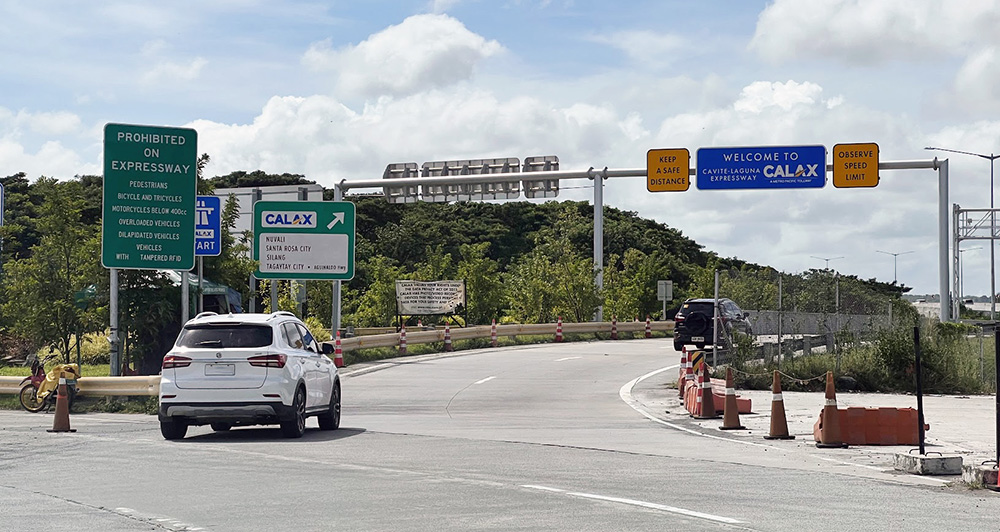



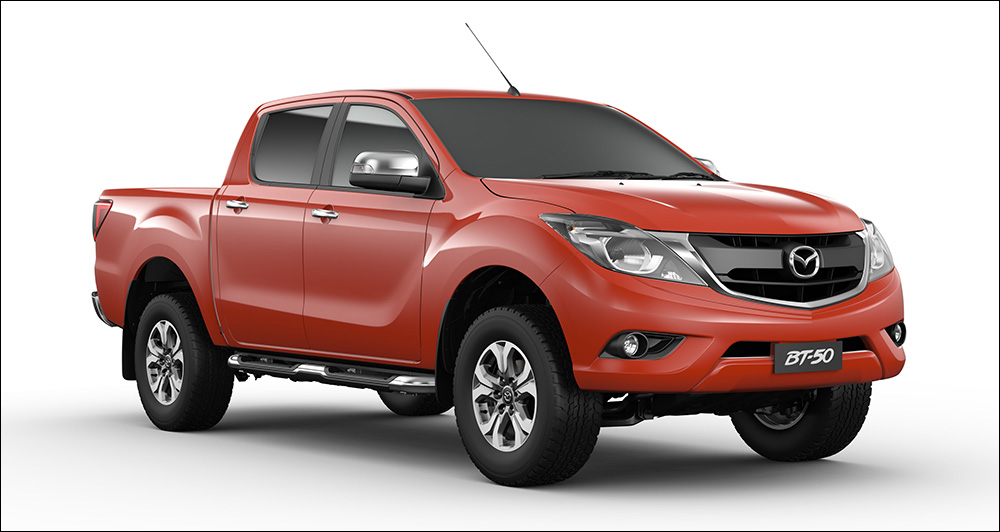
Comments